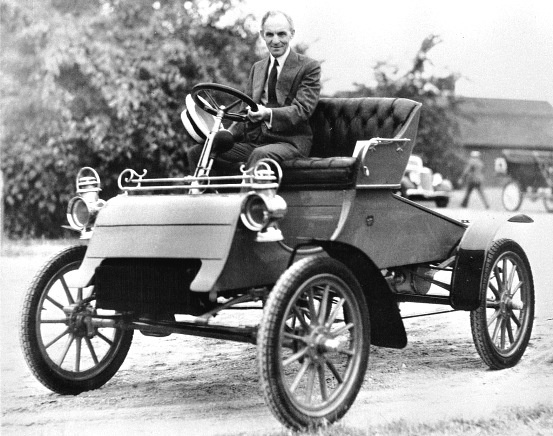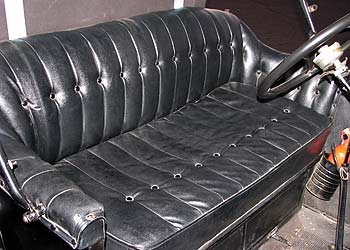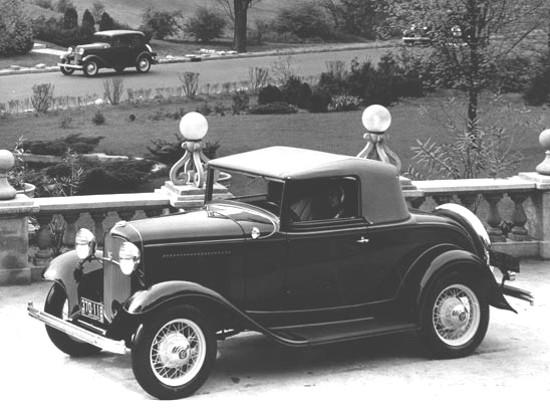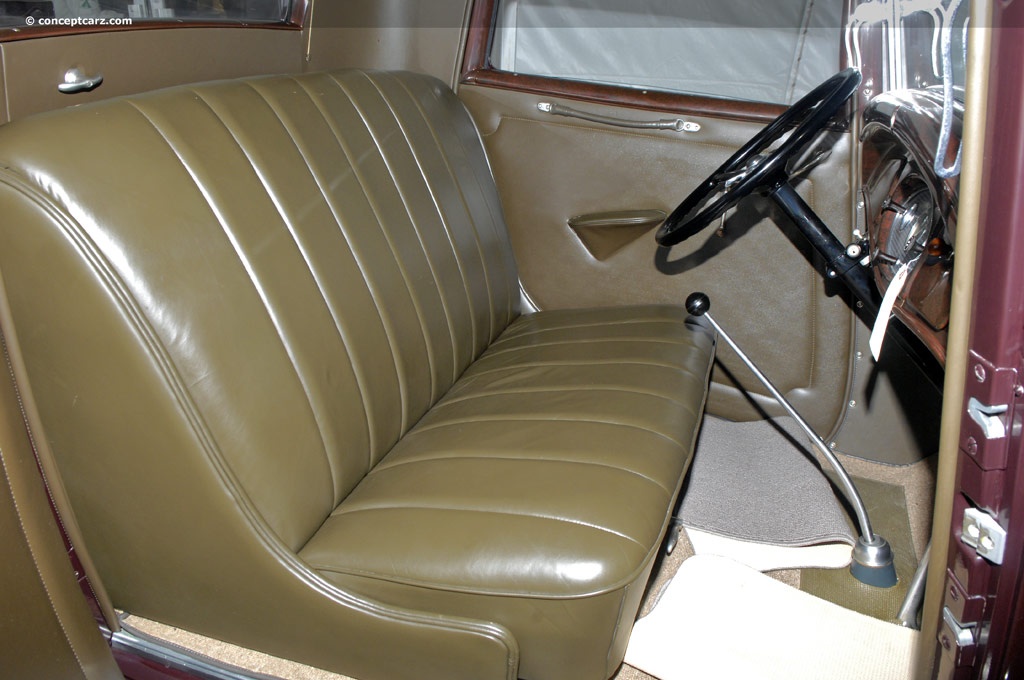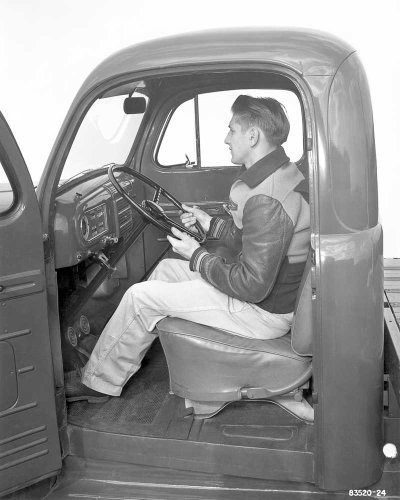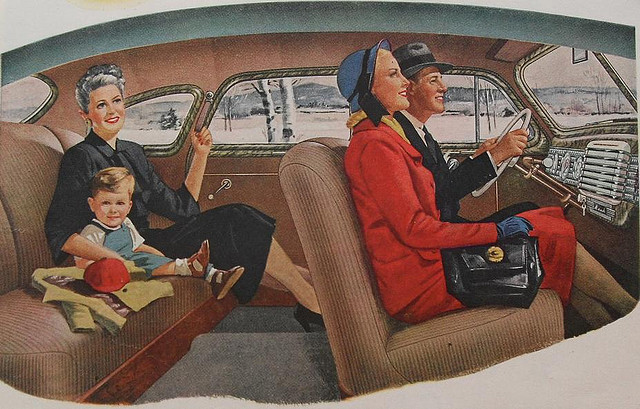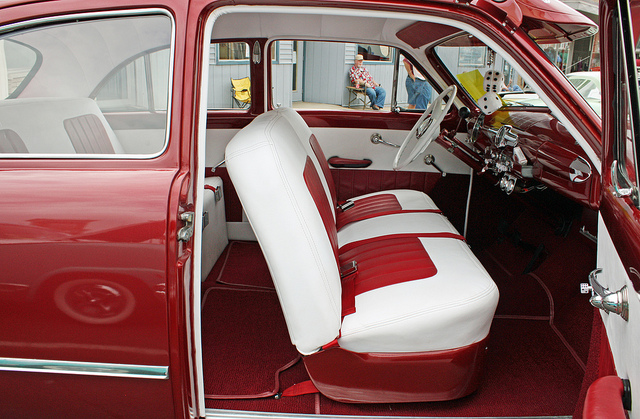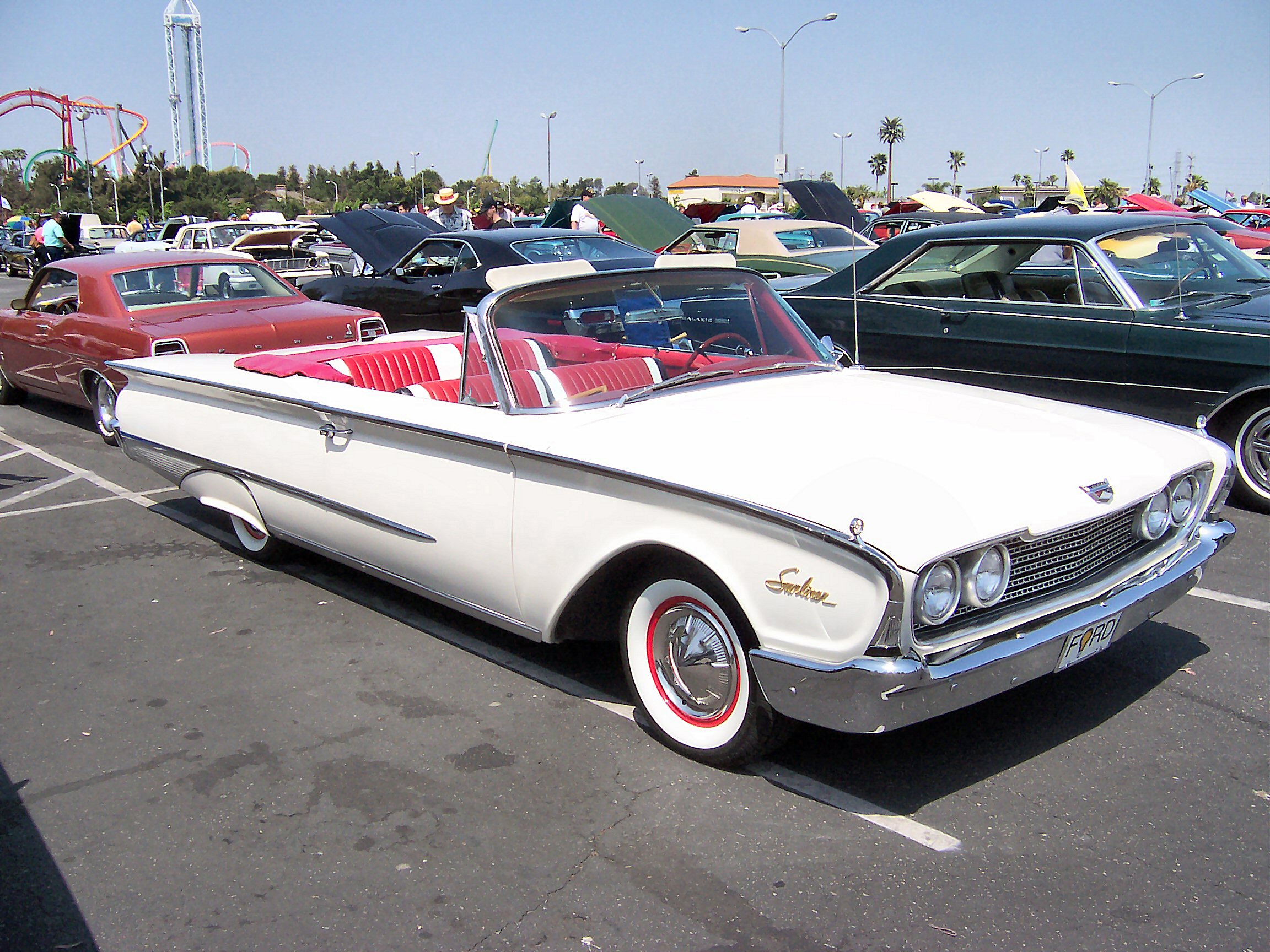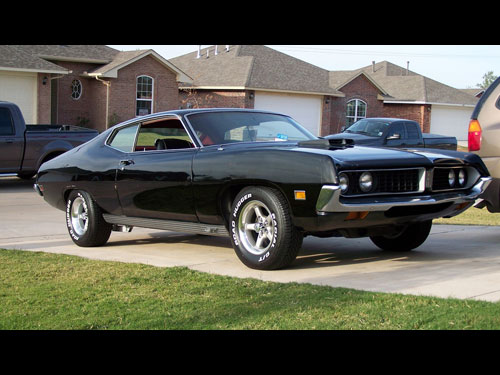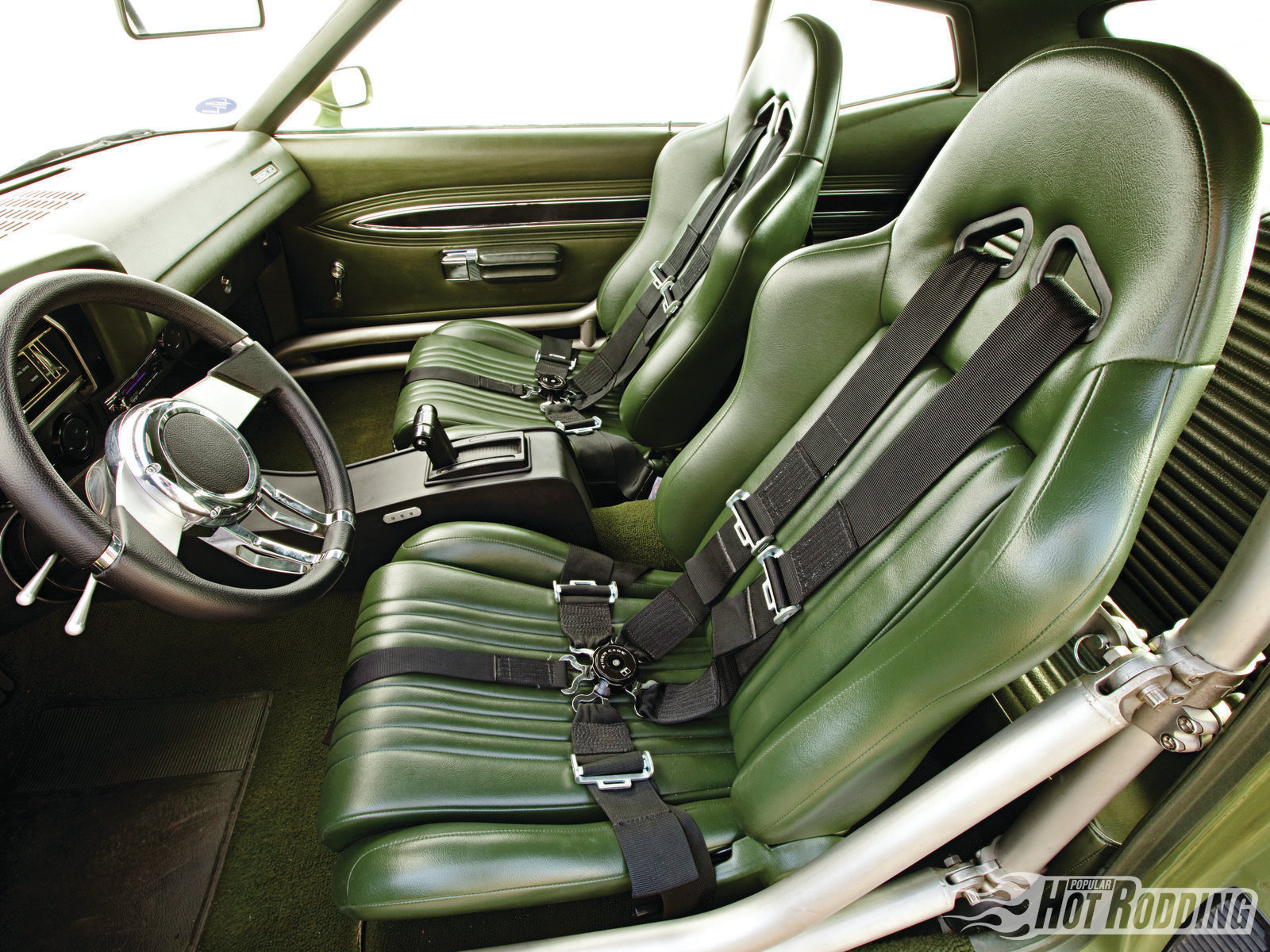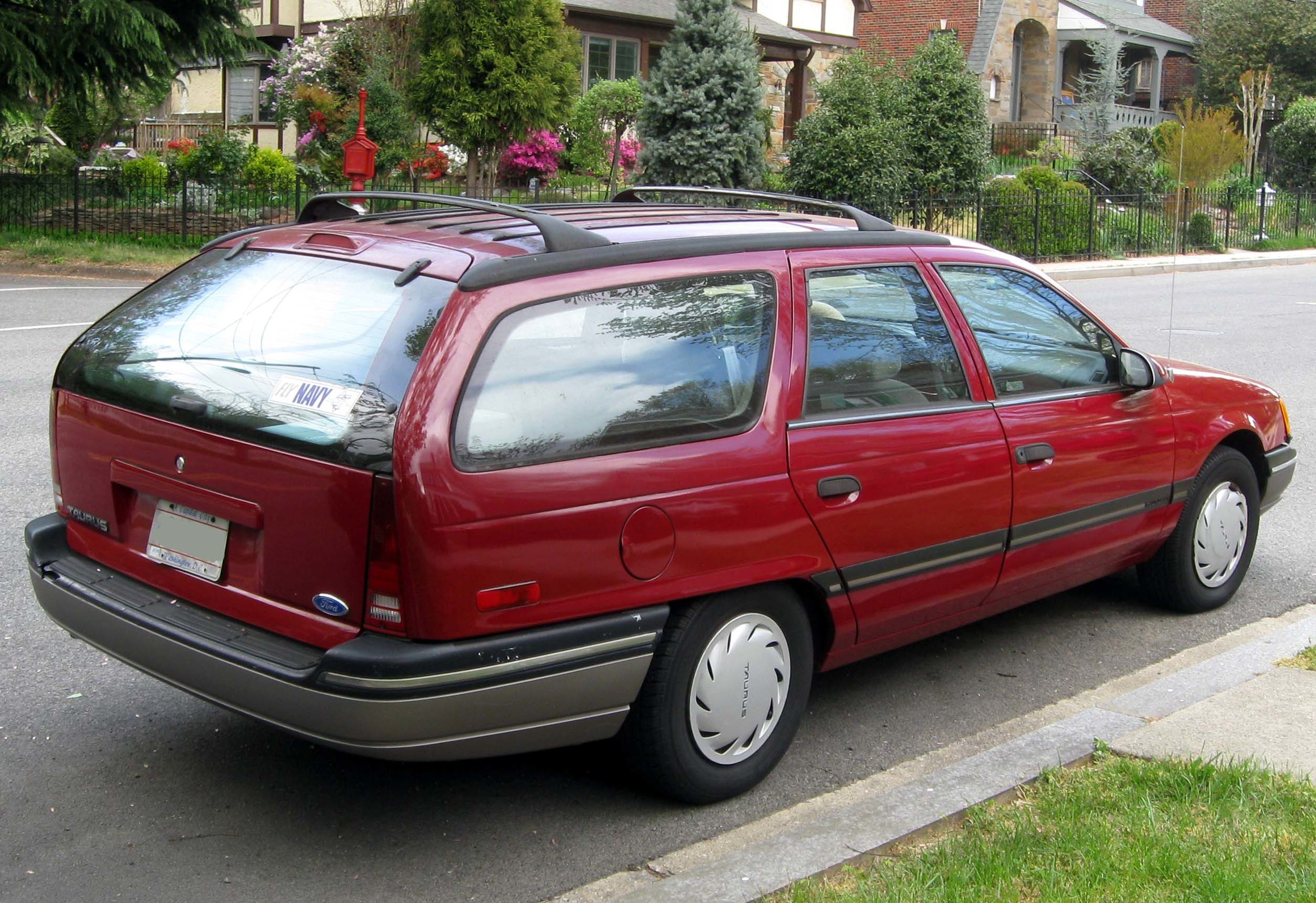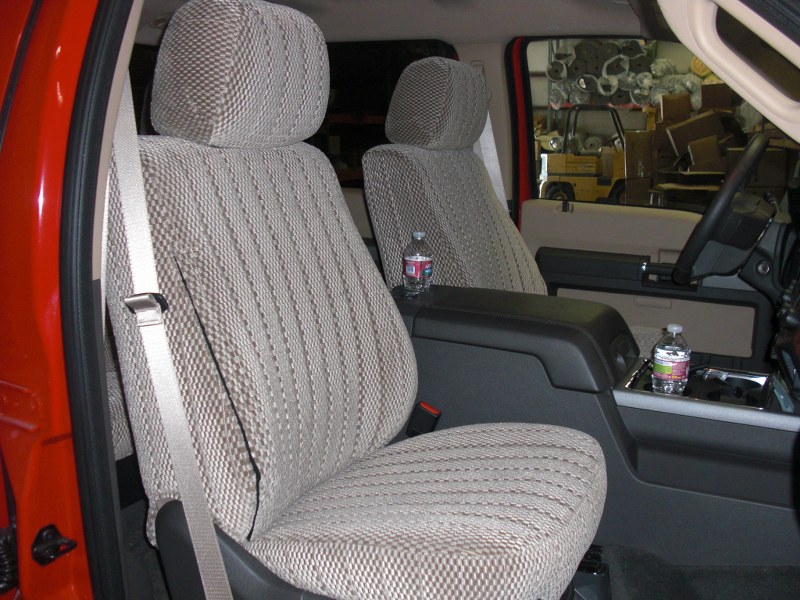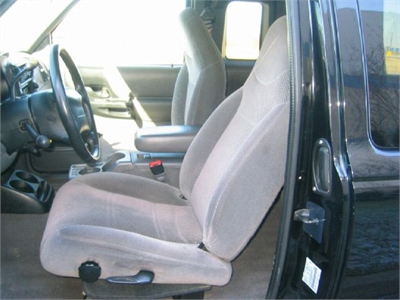Car Seats Through History, or How Did We End Up So Slouched?
You may be wondering the million dollar question...why are car seats designed so poorly if we sit in them so often? I wondered the same thing, and thought I'd do a little gallery of car interiors in the 20th century. I'm not a Ford® driver, but since they started making cars early on, it made it easiest to get pictures from 1904 and see how seats have changed. (Also take note that I am not a car person, by any means, so I have little technical info about cars.) Pay particular attention to how seats change, and the angle of seats over time.
Starting position for the Pilates Roll Up/Roll Down. Notice the neutral spine. (www.mypilatesstyle.com)
So what are your conclusions? We can see that cars, over time, have gotten much lower to the ground, for better or worse. What that means is that there's less room for seats to be upright in the vehicle, forcing our seats to be angled backwards and our knees higher than our hips. It is possible to sit on your sitting bones with your knees higher than your hips, but it's really hard. If you drive a sportscar, or borrow someone else's, give it a shot. Try it on the floor.
This picture (quepolandia.com) shows a fairly well aligned spine in the yoga pose of boat. His head and neck look a teensy bit off, but that could be the lighting.
Placing your feet on the floor to start, sit upright on your ischial tuberosities. Then, start to lower your upper body back, but DON'T ROUND your spine. DON'T DO THIS right now- this is just for exploration. Can you keep your mid-upper spine just as tall as you lower body back? Or can you only round as you lower? That may be how you sit in your car, especially when you have seat support to prevent your muscles from firing appropriately. As you may recall from the first post (re: driving), we most often fall into the habit of slouching in our seats with our heads protruding forward, which is not great for our spines nor our necks, especially for musicians.
1948 Washington Post (I think) advertisement for "Comforts" of reclining.
1972 La-z-boy ad.
Somewhere down the line, we created the idea that sitting in a slouched position, with no muscles engaged and a big rounding in the spine = comfort. This then translated to cars in the 1940's and 1950's, and the rest is history. Comfort, in modern sitting, = poor alignment and muscles turned off. Comfort=potential long term back pain, muscle weakness, misalignment, and disc damage. These are all the same issues we battle when we sit in orchestra, or in any other situation. Seats on the train, airplane, subway, etc., are almost always bucket style, so take a look and start noticing how you sit, and more than that, try to sit less. Let's fight those slouchy seats, shall we, and find those ischial tuberosities!

